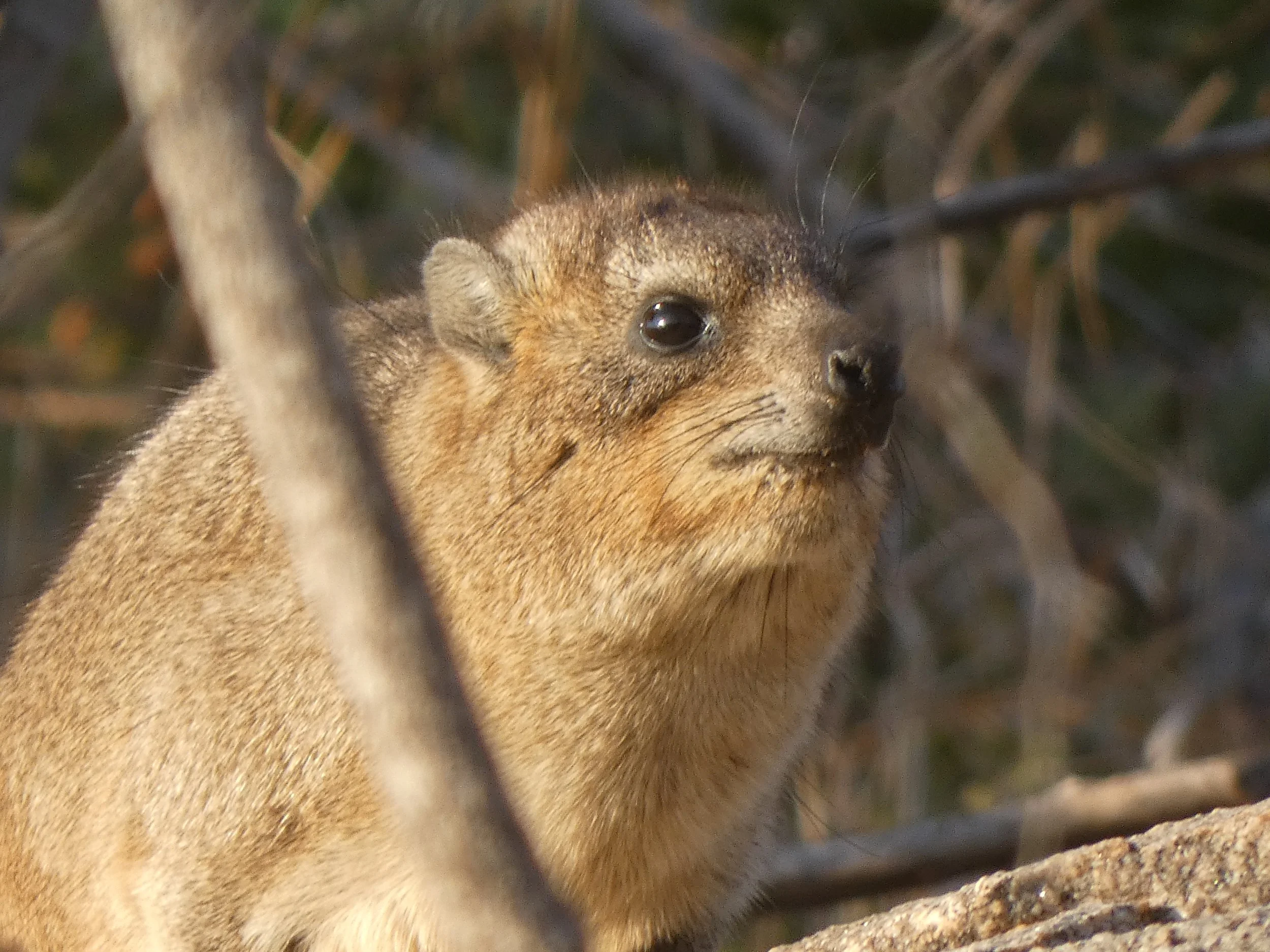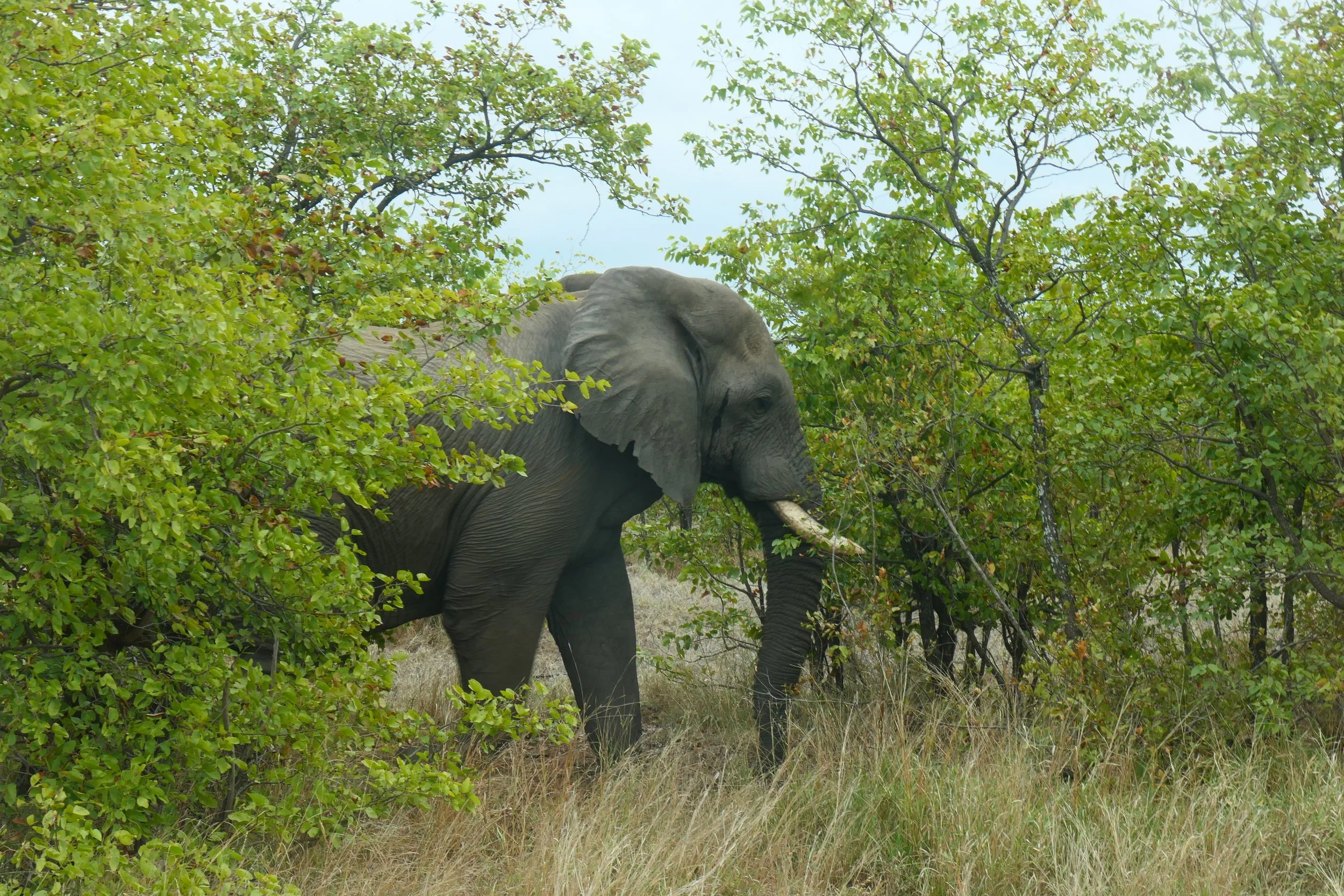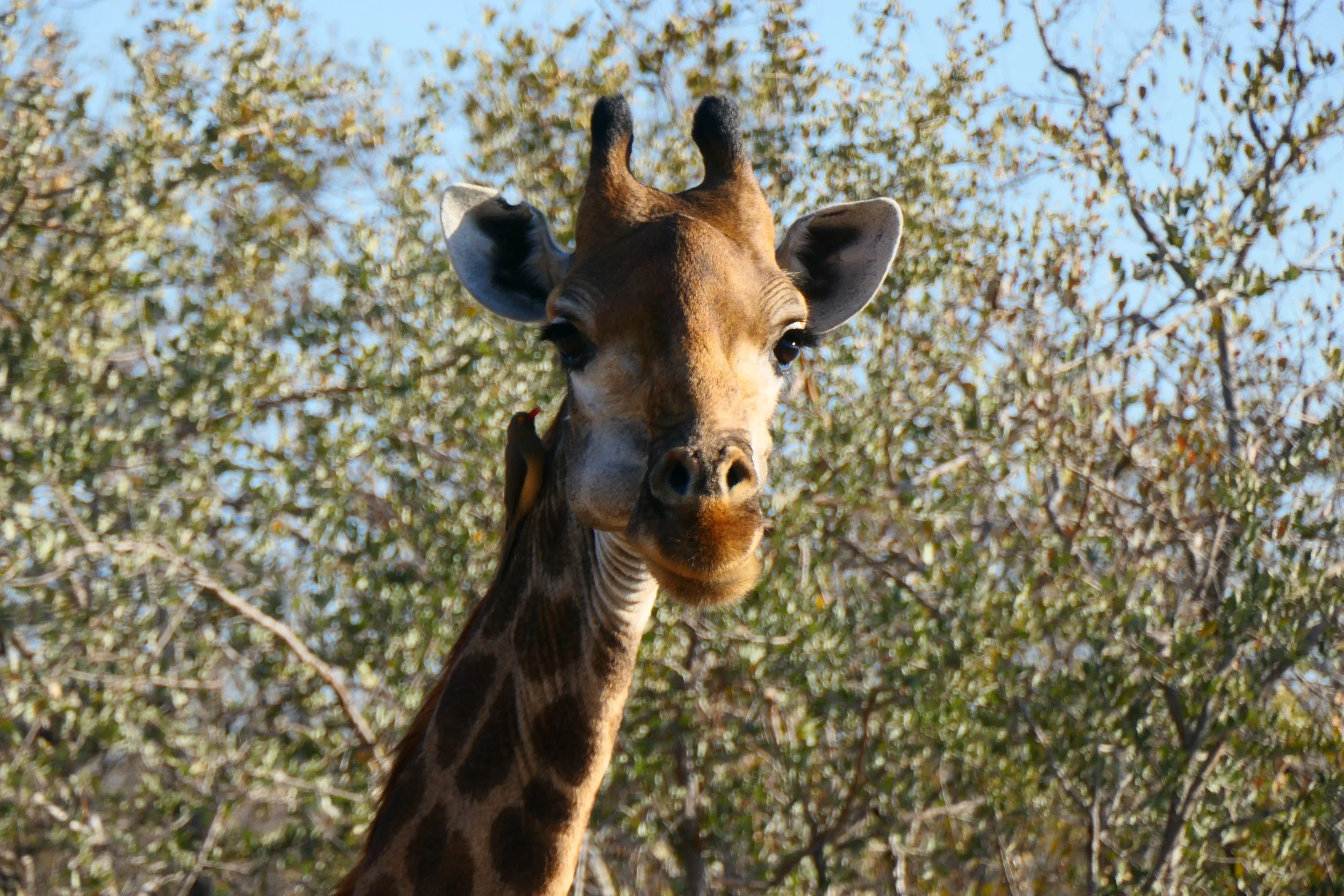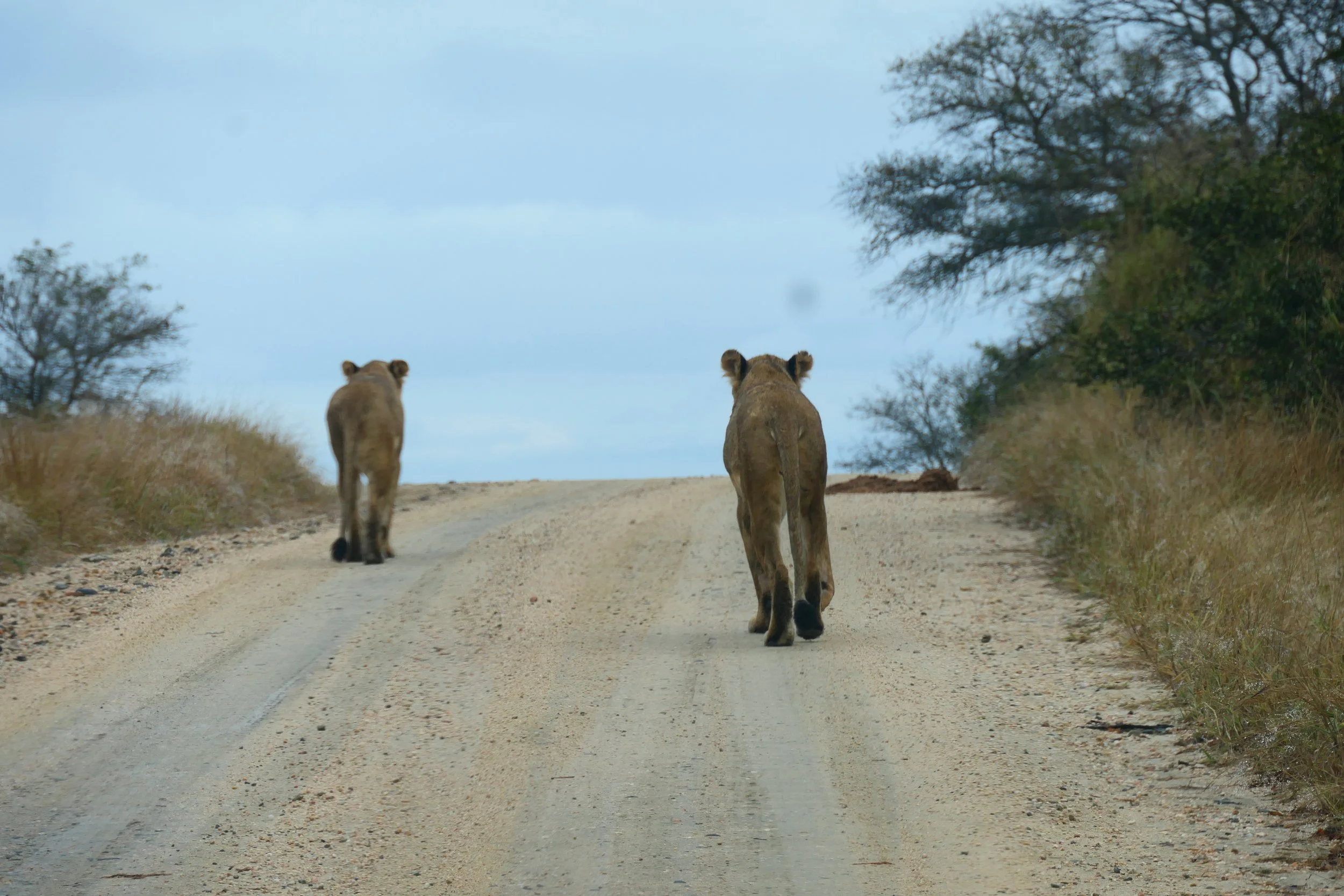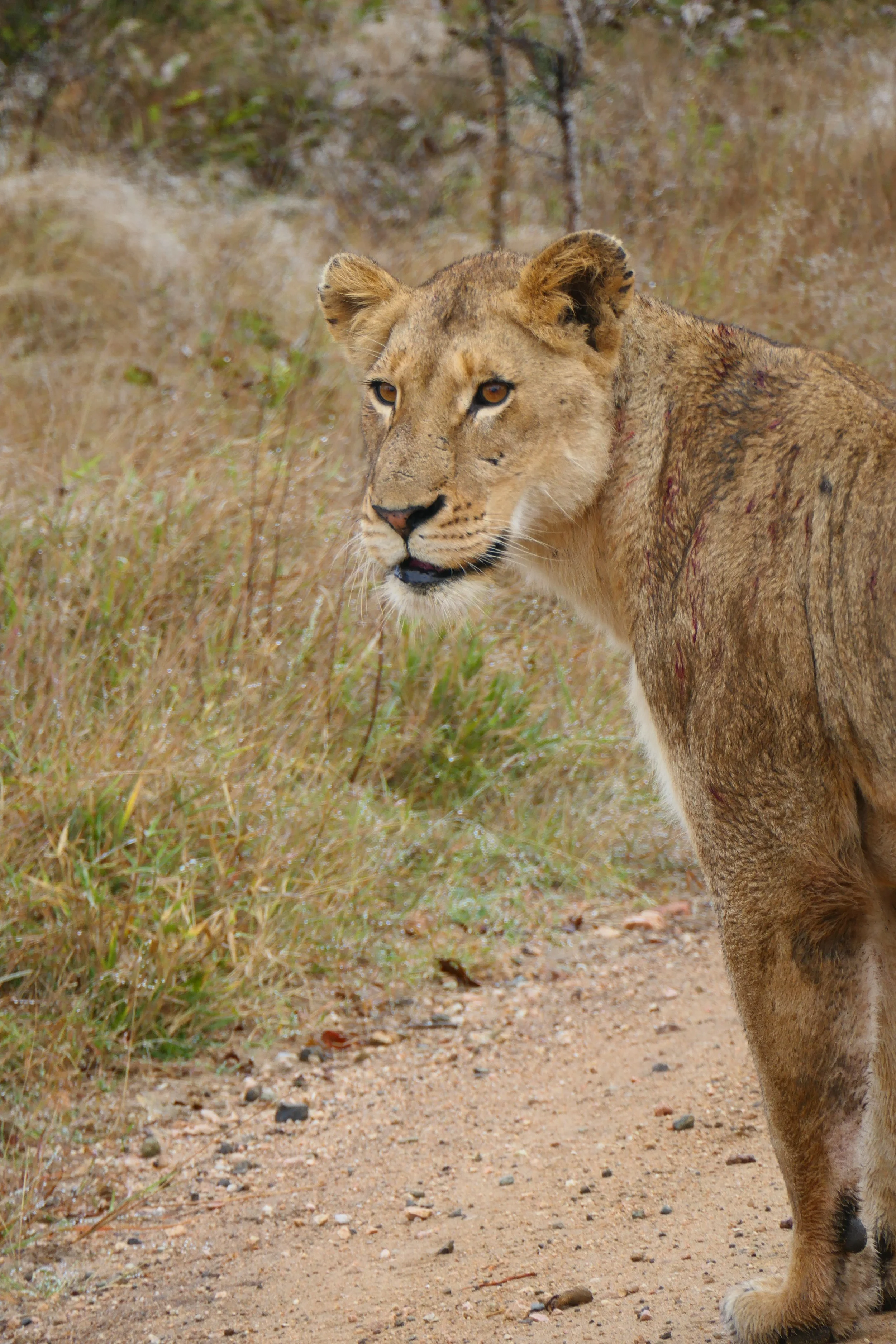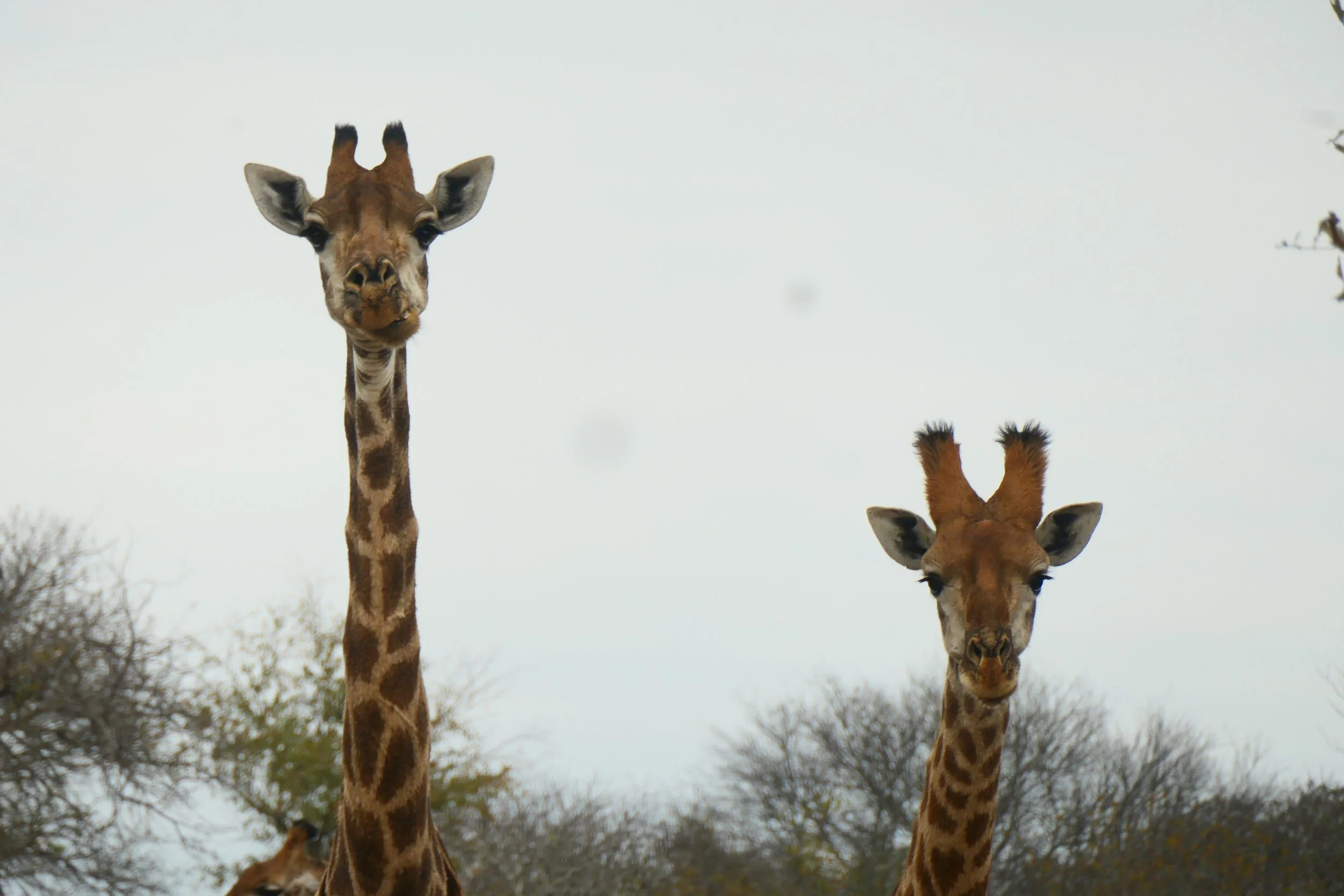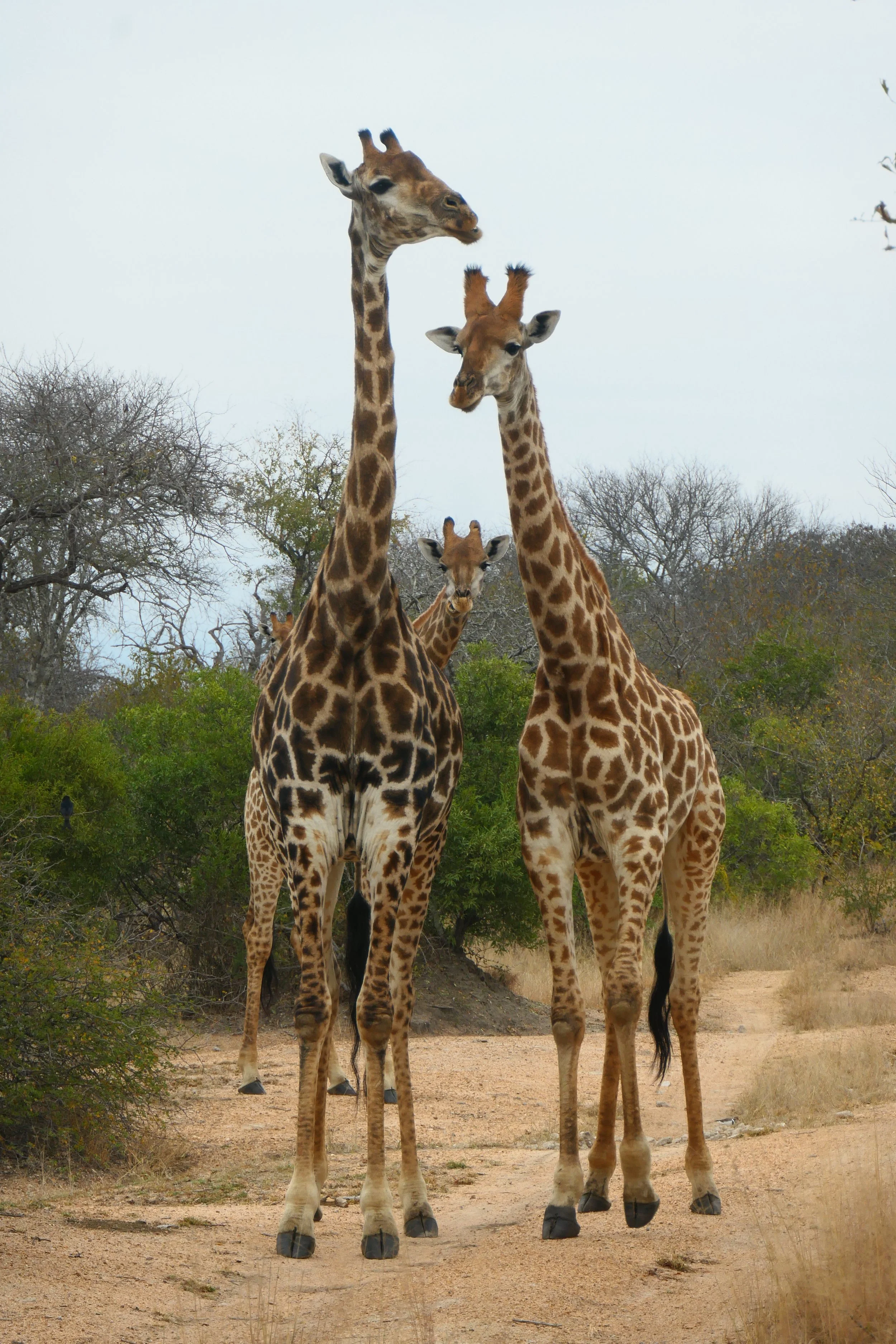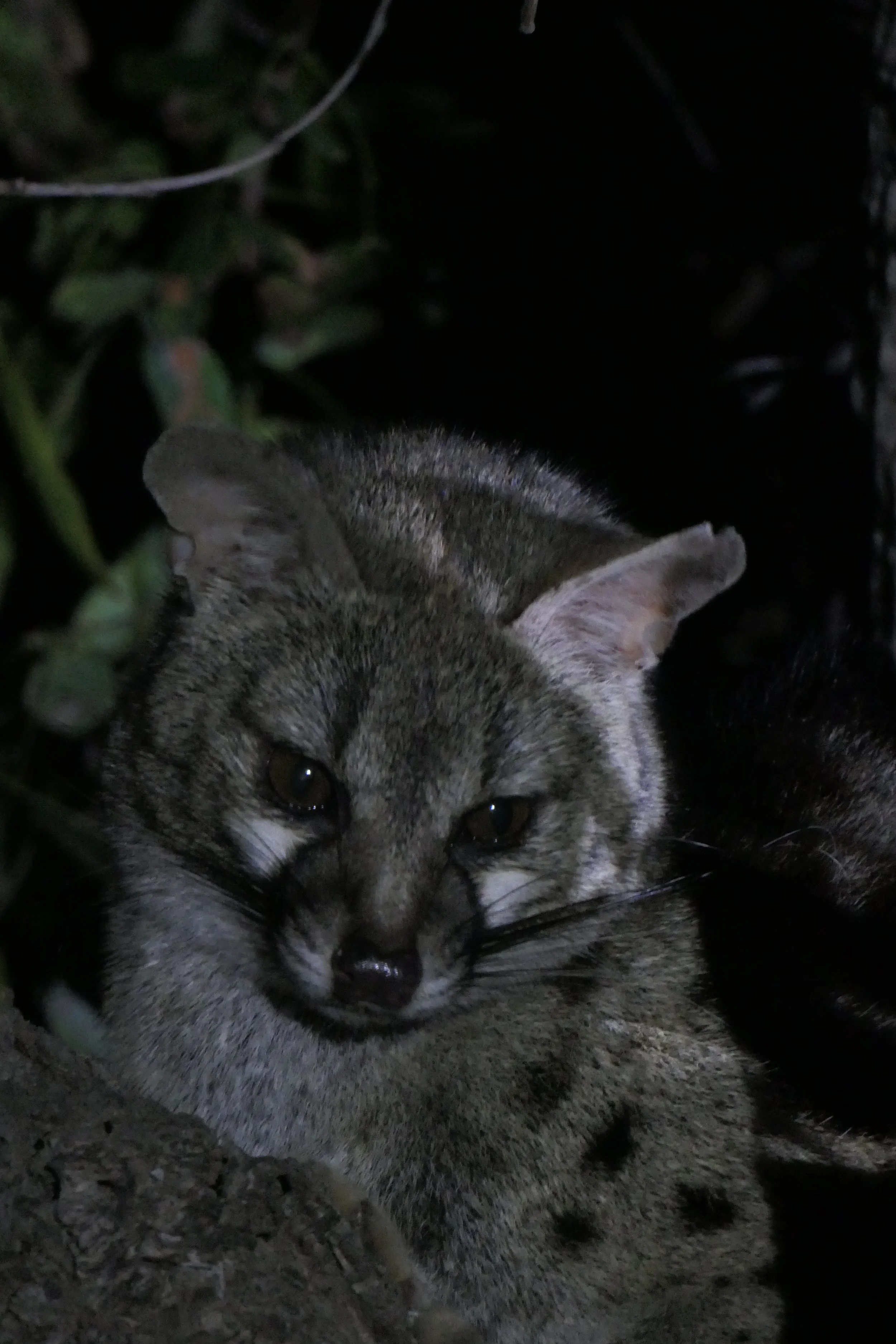South African Wildlife
Magnificent Mammals
There are 343 species of mammals in South Africa, not just the Big 5 which are often associated with the African continent (Lions, Leopards, Rhino, Elephants and Buffalo).
Common Questions
-
Mammals are distinguished by the following:
4 chambered heart
(Crocodiles are the exception as they are reptiles)
Hairy body
Endothermic- They regulate their own body temperature via metabolic reactions
Females give birth to live young
Females have mammary glands for their young to suckle
-
Monotremes: Have a single opening for reproduction and waste removal called the cloaca through which they lay eggs. They are the most evolutionarily primitive mammalian subclass (e.g. Platypus and Echidna).
Marsupials: Give birth to underdeveloped embryos which crawl into an internal pouch where they suckle on milk to continue development, there are no marsupials on the African continent (e.g. Kangaroos).
Placentals: Give birth to live young which obtain nutrients through an umbilical cord within the womb (e.g. Humans, Elephants, Hyena, etc. ).
-
Visual Senses:
• Important for mating displays, parental care, submissiveness, dominance, anti predator behavior.
• Nocturnal animals have a reflective layer of crystals at the back of their eyes called ‘tapetum’.
• Predators and primates - have eyes at the front of their head, giving them a narrow field of binocular vision but better depth perception
• Herbivores -Wide field of binocular vision
Examples:
-Kudus use their white tail as a 'follow me' sign for the rest of the herd
-Male lions use their manes to size each other up and establish dominance
Vocal Senses:
• Calls to communicate, warning calls, sexual status, dominance, etc.
e.g. Hyena make a distinctive 'Whoop' sound
Olfactory Senses:
• skin gland secretions, urine and faeces can covey a lot of information (e.g. sexual maturity, age, social status, reproductive condition, emotional state, group membership or hierarchy, etc.)
• The Jacobson’s organ is activated by opening the mouth wide and inhaling air which contain particles that serve as olfactory signals
Tactile Senses:
• Exhibited by social animals
• Can be in various forms such as play behaviour, courtship, grooming, parental care, and determining hierarchy.
-
Predators are defined by the following:
1) Carnivorous diet - animal product eaters consuming meat and other parts of another animal.
2) Carnassial teeth which fit together to provide a shearing surface in order to tear and cut skin and flesh
Carnivores belong to one of two suborders - caniformia (dog-like) and feliformia (cat-like)
-
Lions (Panthera leo)
• Cats that roar
• Only social cat (in prides)
• Territory held by single dominant male and related females
• Females do the most hunting
• Ambush predators
• Infanticide occurs with newly established males
• Protractile claws
• Males have huge manes of hair
Leopard (Panthera pardus):
• Cats that roar
• Rosette patterned fur
• Elusive, solitary and opportunistic
• Males with larger territories that overlap multiple females
• Hoist prey into trees
• Powerful ambush predators
• Protractile claws
• Underdeveloped young
Cheetah (Acinonyx jubatus):
• Main focus animal for conservation
• Different subfamily to lions and leopards (don’t roar), but purr
• Built for speed rather than strength, prefer open habitats
• Semi-retractable claws
• Record speed of 112km/h
• Generally solitary but will form family groups called coalitions
• Highly susceptible to losing kills
Wild dog (lycaon pictus):
• aka “African Painted Wolf”
• Each dog has a unique pattern
• Can reach speeds of 50-60km/h
• Dominant male and female are the only breeding pair and they lead packs of 8-30 dogs
• Do not eat carrion (left over meat)
• Communicate by sneezing to show they’re hungry/ want to hunt
Spotted hyena (Crocuta crocuta):
• Matriarchal social structure - Females have a 'Pseudopenis' which is in fact a 3-inch clitoris which is used as a display of dominance between females.
• Very successful hunters and don't scavenge very often (Unlike common misconceptions)
• Body structure gives them an energy-efficient loping gait for running
• More closely related to cats than dogs (own family)
• 14 calls
• Conspicuous scat (Very white and calcium-rich)
Other felines:
• Caracal
• Serval
• African wild cat
• Black footed cat
-
• Any animal feeding on green plants, algae or other products including seeds, fruits and nectar
• Effect health of vegetation and population
Herbivores have many different digestive systems that make them successful.
• Ruminants: 4 chambered stomach, chew the cud mammals, typically your 2 toed ungulates. Digestion takes longer to maximize use of cellulose so more nutritious vegetation is preferred (e.g. Giraffe).
• Hind Gut fermenters: enlarged Cecum where fermentation occurs with the aid of micro organism to digest cellulose.
-They can digest twice the amount of food can be digested from the same amount of time spent feeding meaning less nutritious vegetation can be eaten in larger quantities e.g. zebra
• Hippos are unique:
Their digestive system has a 3 chambered stomach which allows for foregut fermentation. Less nutrition from digestion required.
-
The largest herbivores that live in South Africa!
1) Buffalo
-Big 5
-Bulk-grazers
-Males are darker and larger than females and their horns extend further beyond the ears
2) Hippopotamus
-Grazers, third largest land mammals
-Males/bulls are territorial in water
-Very aggressive and unpredictable (Is responsible for the most animal-related deaths)
3) African elephant
-Big 5
-Largest living terrestrial animal
-Bulk feeders with inefficient digestive systems
-Herds led by matriarchs
4) White rhino
-Big 5
-Bulk grazers
-Social






